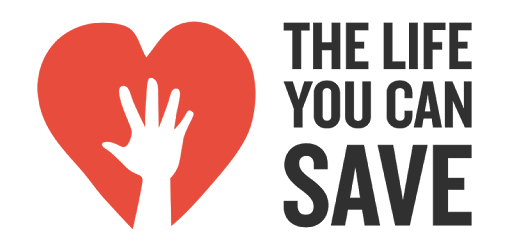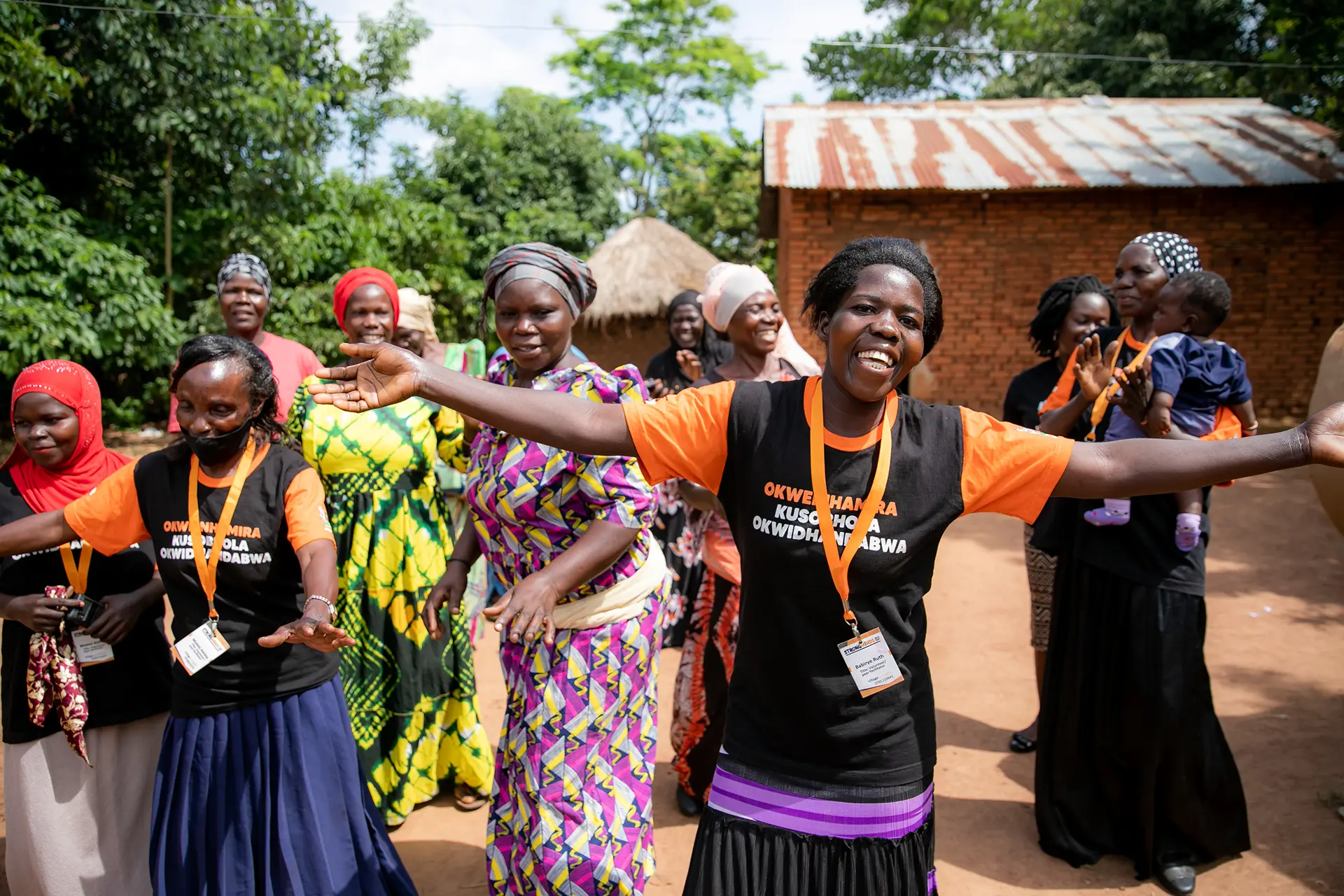How we evaluate charities
What makes a charity effective?
We consider research from independent charity evaluators and academia to identify the very best projects to support. We currently use the work of GiveWell, Giving What We Can and The Life You Can Save. We further review whether the work of each highly recommended charity is in line with our purpose, and ensure our partnership would be beneficial within the landscape of Australian charitable giving. We currently use the work of GiveWell, Giving What We Can, The Life You Can Save, and Giving Green.






Estimated intervention effectiveness

Estimated impact per dollar

Transparency
Charities must provide access to their data and internal operations in order to be thoroughly evaluated on their effectiveness. To provide confidence in our evaluations, we only work with those charities that are willing to maintain high levels of transparency and undergo thorough vetting of their programs.

Room for more funding
Even an extremely effective charity may not be a good candidate for additional donations, depending on its capacity for growth. We ask the question: Is a charity able to absorb more donations and scale up its operations, or is it near its capacity limit, meaning additional donations wouldn’t help much in the short term?

While we apply these criteria specifically to improving the lives of humans in the near-term (by reducing poverty, improving global health and economic development), the broader effective altruism movement is concerned with lived experiences of all living creatures (including animals) both now and into the far future.
For a broader list of effective giving opportunities beyond global health and poverty alleviation, we highly recommend Giving What We Can’s list of the best charities and donation recommendations across multiple causes and guide on how to evaluate charities across different causes.
